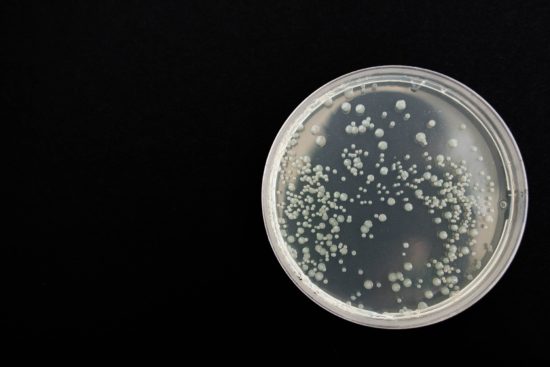Purdue researchers hope deadly MRSA superbugs take the bait
The research was published in the American Chemical Society journal ACS Infectious Diseases in September. A link to the article is here.
The World Health Organization identifies MRSA as one of about a dozen antibiotic “superbugs” that pose an enormous threat to human health.
WHO has listed methicillin-resistant Staphylococcus aureus, or MRSA, as one of six ‘high priority’ pathogens with an imminent threat to public health. The Centers for Disease Control and Prevention reports 80,461 people in the United States suffer severe MRSA infections a year and 11,285 die.
Anyone can get MRSA on their body from contact with an infected wound, or by sharing personal items such as towels or razors that are contaminated. However, patients in hospitals are especially vulnerable to MRSA infections.
“MRSA infections can cause severe problems for patients recovering from surgery,” said Alexander Wei, a professor of chemistry in the College of Science who is leading the research team. “The challenge that we face is that MRSA responds poorly to multiple antibiotics. Antimicrobial photodynamic therapy offers a promising alternative for combating MRSA in infected wounds.”
Photodynamic therapy, or PDT, involves a compound known as a photosensitizer, which can be activated by visible light to kill diseased cells or bacteria. PDT is a clinically proven method for fighting cancer but has not yet been developed for treating MRSA infections.
The discovery aligns with Purdue’s Giant Leaps celebration, recognizing the university’s global advancements made in health, longevity and quality of life as part of Purdue’s 150th anniversary. This is one of the four themes of the yearlong celebration’s Ideas Festival, designed to showcase Purdue as an intellectual center solving real-world issues.
Source: Purdue University
Smart Innovations


